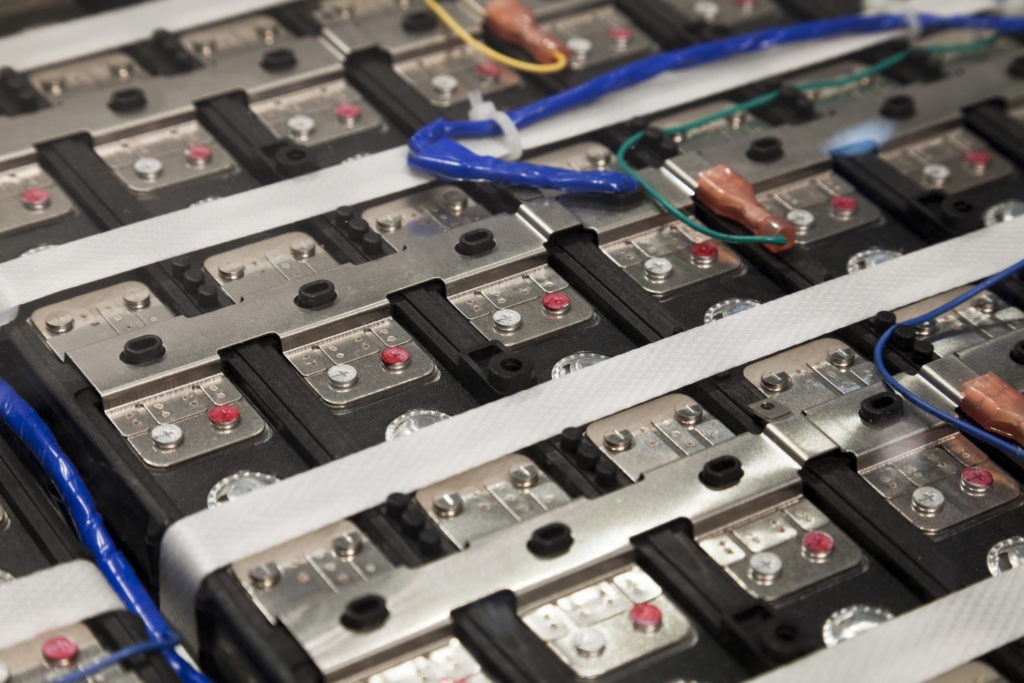How does battery treatment affect residual value?
03 June 2020

3 June 2020
Besides age and mileage, driving profile has a major impact on a battery’s life expectancy. But without documentary evidence of how a driver has treated a battery, residual value formation falls below its full potential.
This is because used-car buyers rely on signals like labels, certificates and ratings, to help them establish the quality of a vehicle. Without this information, they assume lower quality and look to pay less. So, in a new joint Whitepaper: The power of signalling, Autovista group, TWAICE and TÃœV Rheinland reveal how a Battery Health Report (BHR) would support the remarketing of used battery electric vehicles (BEVs).
A new challenge
′Used-car programmes and extended warranties are already powerful signals that help address the information asymmetry between buyer and seller. But the BEV represents a new challenge for the market,’ said Christof Engelskirchen, chief economist at Autovista Group. How the battery is treated over the course of its eight to 10-year lifespan has a major impact on the range, and therefore, suitability for daily use. But carmakers provide no systematic transparency on battery treatment and quality.
′Numerous long-term tests have shown that the ageing pattern of EV batteries can vary widely amongst individual cases, depending on the user profile’ said Matthias Schubert, executive vice president of mobility at test service provider TÃœV Rheinland. ′An assessment of the remaining capacity and expected lifetime performance is a decisive precursor to establishing residual value.’
Predictive analyst software provider TWAICE is capable of evaluating the remaining quality of a battery based on how it was treated. ′We create a digital twin of a battery and simulate the impact of operating conditions, driving style, and charging behaviour,’ explained Jonas Keil, battery engineer at TWAICE.
′Many people underestimate the impact of battery treatment. At the three-year point with 45,000km on the clock, a battery that has been poorly treated will perform worse on promised range by about 5% – and this gap will only increase as battery quality, once lost, cannot be recovered,’ he added.
Autovista Group has simulated that improved and verifiable battery quality, provided in the form of a BHR, can then deliver up to €450 higher remarketing results for a three-year-old used C-segment BEV in Germany. ′That represents an economic value of €4.5 million for every 10,000 BEV used-car transactions – to the benefit of all stakeholders,’ explains Christof.
Establishing standards
One challenge remains however. ′What we are working on now is establishing the battery health report as a standard in the industry,’ said Lennart Hinrichs, commercial director at TWAICE. A BHR will only achieve its full potential if battery treatment information becomes a mainstay of every BEV transaction. This would need to mirror the way data on age, mileage and equipment is currently used.
′We are continuously looking for improved coverage on all the drivers of residual values. Data on battery treatment and quality would be an impactful addition to the data sets we collect when we establish residual values for the BEV,’ said Andreas GeilenbrÜgge, head of valuations at Autovista Group’s Schwacke.
If BHRs can be established as an industry standard, they could help determine residual values. This would not only give peace of mind to consumers but provide pricing clarification for the industry.
For more information on how BHRs can create value to the automotive industry, click here to access a copy of the collaborative Whitepaper: The power of signalling.